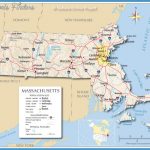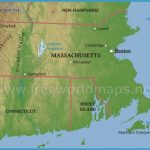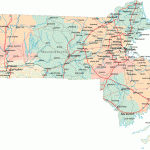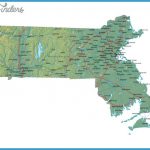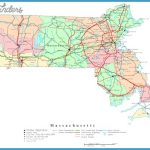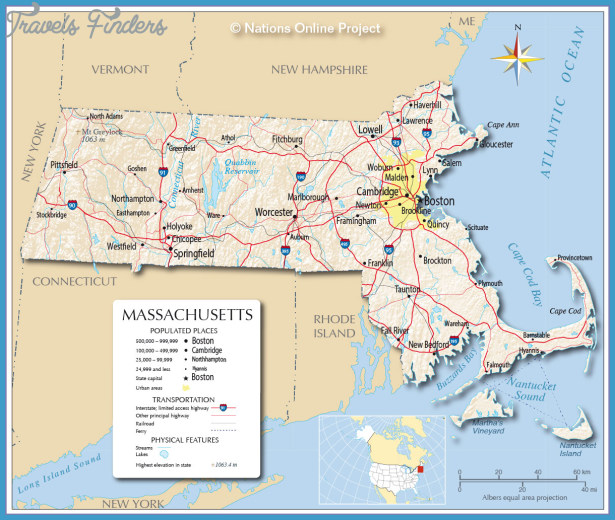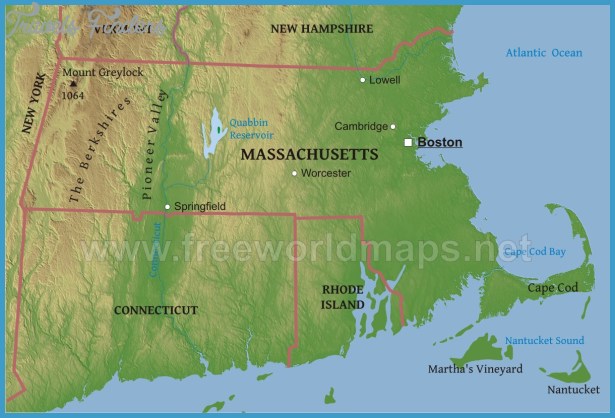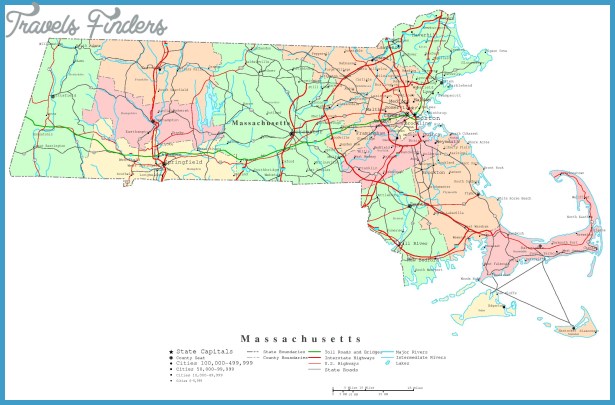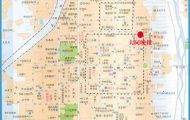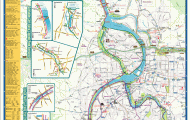Massachusetts HISTORICAL OVERVIEW
In spite of its small size and distance from Latin America, Massachusetts boasted the 12th largest population of Latinos in the United States in the year 2000. As of 2005, the 490,839 Latinos living in Massachusetts accounted for 7.9 percent of the commonwealth’s population, making them the largest minority group there. Between 1990 and 2005 the population of Latinos increased by 203,290, or 70.7 percent. In addition, Massachusetts’s Latino population has both diversified and spread throughout the commonwealth, increasing their economic and political importance. Although this demographic shift and its consequences occurred in the past few decades, Latinos have long affected and shaped the history of Massachusetts.
Early Latin Americans in Massachusetts
Latin American presence in Massachusetts dates back over a century. Accounts of Latinos in Massachusetts appeared as early as the 1890s, when Latin American migrants, advocating for the independence of Puerto Rico and Cuba, voiced their opinions. During this period the Latinos who arrived tended to come from the upper classes. The attraction for these individuals arose from Boston’s prominent standing in the world and its renowned institutions of higher education, such as Harvard University and the Massachusetts Institute of Technology. These migrants, however, often returned to Latin America after realizing their educational or financial goals. Complementing the migration of upper-class Latinos was the small number of Latin Americans who migrated to Massachusetts searching for work in domestic service jobs. At the time, the limited number of Latin American migrants prevented them from having a collectively significant social impact and from creating a coherent Latino community.
One of the first mentions of Massachusetts’s Latino community appeared in a newspaper article written by Jose Marti. Known for his poetry and journalism, Marti founded the Cuban Revolutionary Party in January 1892, and he was also the leader of the Cuban Independence movement. During his stay in the United States, where he lived between 1880 and 1894, he developed an affinity for Boston. Marti utilized his publications to spread a view of Cuba’s northern neighbor that contradicted the monolithic perception held by his Latin American readers, namely that the United States had positive characteristics. One of these articles, published in the newspaper Patria on April 23, 1892, reported on his visit to the Boston Independence Club Cuba-Borinquen.
Pedro Albizu Campos, born in Ponce, Puerto Rico, migrated to New England and received a scholarship to study at the University of Vermont in 1912. The following year he attended Harvard University. His tireless work made a significant contribution to historical record of Latinos in Massachusetts. Taking advantage of his status as a Harvard student, Campos lectured about Latin American issues in a variety of venues both in and outside of Boston. He discussed and criticized issues such as the Monroe Doctrine, the silencing of Puerto Rican loyalty to the United States during World War I, and the ways in which the United States prevented Puerto Rican self-determination. The issue Campos worked hardest to achieve, Puerto Rican independence, led to his election as vice president of the Puerto Rican Nationalist Party in 1922 and as president in 1930. Jose Marti and Pedro Albizu Campos represent what scholar Andres Torres considers examples of the early and lasting presence of Latinos in Massachusetts.
The largest influx of Latinos into Massachusetts occurred after World War II. Prior to that period, the industrialization of Massachusetts depended on the arrival of European migrants. In the first period, between 1830 and 1890, migrants from Ireland, England, Germany, and French Canada provided the fundamental labor that supported industrialization. The recruitment of both these European migrants and rural farm girls from Massachusetts provided factories and mills with the cheap labor force that they needed, especially after the northern victory in the American Civil War and the subsequent industrial boom. As this period approached its end, migrants experienced an expansion of opportunities and success.
During a second industrial period, between 1890 and 1950, Massachusetts entered a process of industrial consolidation as larger manufacturers commenced absorbing smaller companies. This consolidation increased the demand for workers, whom the companies began recruiting from southern and eastern Europe. By the 1920s the manufacturing industry in Massachusetts began a noticeable decline, as companies moved either south or west. Even though World War II brought about a small boom to Massachusetts’s manufacturing economy, deindustrialization and restructuring soon resumed. The beginning of deindustrialization coincided with both the commencement of large-scale Latin American migration to Massachusetts and the erosion of the opportunities which allowed previous generations of migrants to succeed.1 The new conditions under which Latin American migrants arrived explain a great deal of the difficulty that the Latino community experienced in achieving the same success as past waves of migrants.

